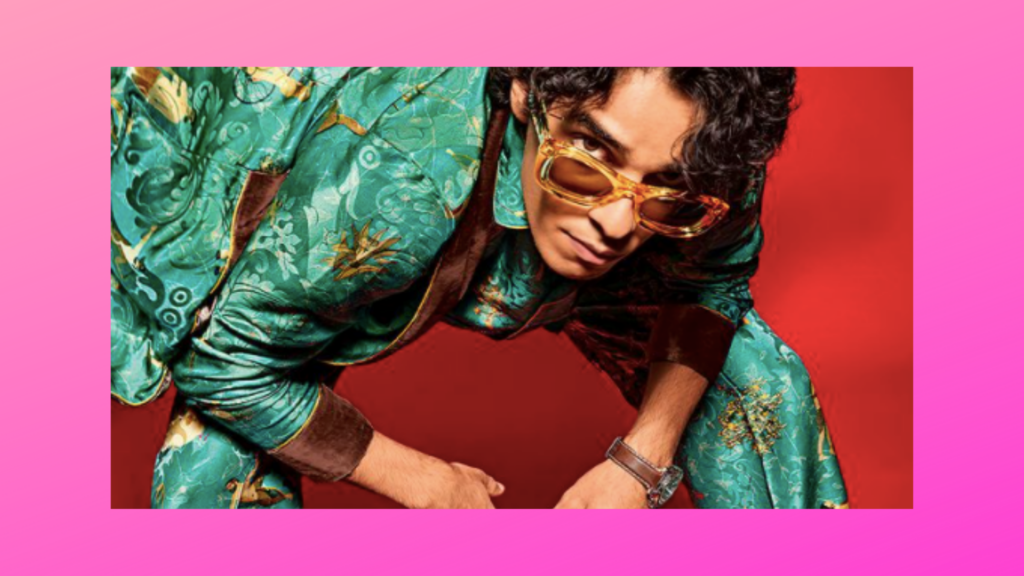
Living in the 21st century, we’re evolving every day, and the concept of transition is not new to the fashion industry. Our Gen-Z no longer believes in living behind confined doors or “gender” when it comes to self-expression through fashion. They believe in ditching the old norms and trends that restrict their sense of style and identity. People are redefining their sense of style by breaking free from the boundaries of gender-specific fashion. And that’s why there is now such a rage around gender-neutral fashion — about time, right?
Gender-neutral fashion gathered immense momentum in 2020, and the most intriguing aspect of it, for today’s generation, is how it liberates you to select clothes that simply jive with your personality.
View this post on Instagram
And you know what’s even better? This trend has been warmly acknowledged by the LGBTQ community globally. Through the growing interest in blurring the lines, people feel more fluidity and flexibility in moving from masculine to feminine pieces, or vice-versa.
Fashion isn’t about blindly following the norms. It’s about challenging them and coming up with something that best resonates with your taste and looks/feels good by fitting your body type.
With all that said, here are three gender-neutral trends that everyone is loving!
[Read Related: Blast From the Past: Y2K Fashion Trends are the Mainstay of 2021]
1. Redefine Size
View this post on Instagram
Relying on a specific canvas fit isn’t the status quo anymore. Gender-neutral fashion is all about donning attires or pieces that fit the way you want them to style. We guess that nobody is alien to the trend of “boyfriend jeans” or “boyfriend jackets” — both items now being essential for women.
And just like women, men are growing more interested in women’s wardrobes. The latest runway trends are all about wide-legged pants and oversized tops for the gentlemen — wide EVERYTHING! Loose, satin, shiny, ultra-wide trousers are here for you!
So, if it fits well, it fits well. Period.
2. Print it UP!
View this post on Instagram
View this post on Instagram
We have been conditioned to believe that when it comes to prints, only girls are allowed to experiment. While, for boys, plain fabrics should be their go-to. Is it fair to keep men from trying out a myriad of fabrics and prints to choose from? Of course not.
If we are allowing unisex fashion to infiltrate our lives, then men can equally explore all kinds of fabrics and prints. Men are seen gravitating more towards peacock designs that were earlier a constant in women’s wardrobes. So, whether it’s floral printing or checkered prints, prints can be for anyone.
Men were once limited to prints like paisley, stripes, and small florals that didn’t make a BIG statement — walking the tightrope between “masculine” prints and “feminine” prints.
This season, try:
- Zebra
- Bold abstract
- Glitter
And if you’re really feeling haute-couture, how about a co-ord printed set?
Defy those rigid rules. After all, it’s always fun to experiment.
[Read Related: It’s 2021 and Cultural Appropriation Isn’t Trendy Anymore]
3. The Color Pink
View this post on Instagram
This one needs to be debunked…like right NOW!
Remember, ever since we were born, we have always lived by blue as the boy’s color and pink as the girl’s color. WRONG!
Fashion has nothing to do with color. There is a huge color spectrum to leave anyone spoilt for choice. From subtle pastels to bold colors, both the sexes can choose any color that expresses their idea of fashion.
Tip: Try neon pink! You’ll love it.
The fashion world is making room for gender fluidity. The trend is not limited to apparel but also to accessories, hairstyles, makeup and a lot more. The runway models showcase men sporting red lips or feminine jewelry and women featuring beards/mustaches. All is fair in fashion. You just have to love what you’re in.




